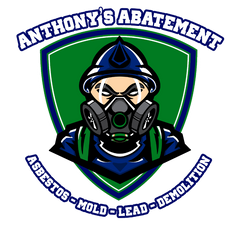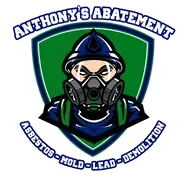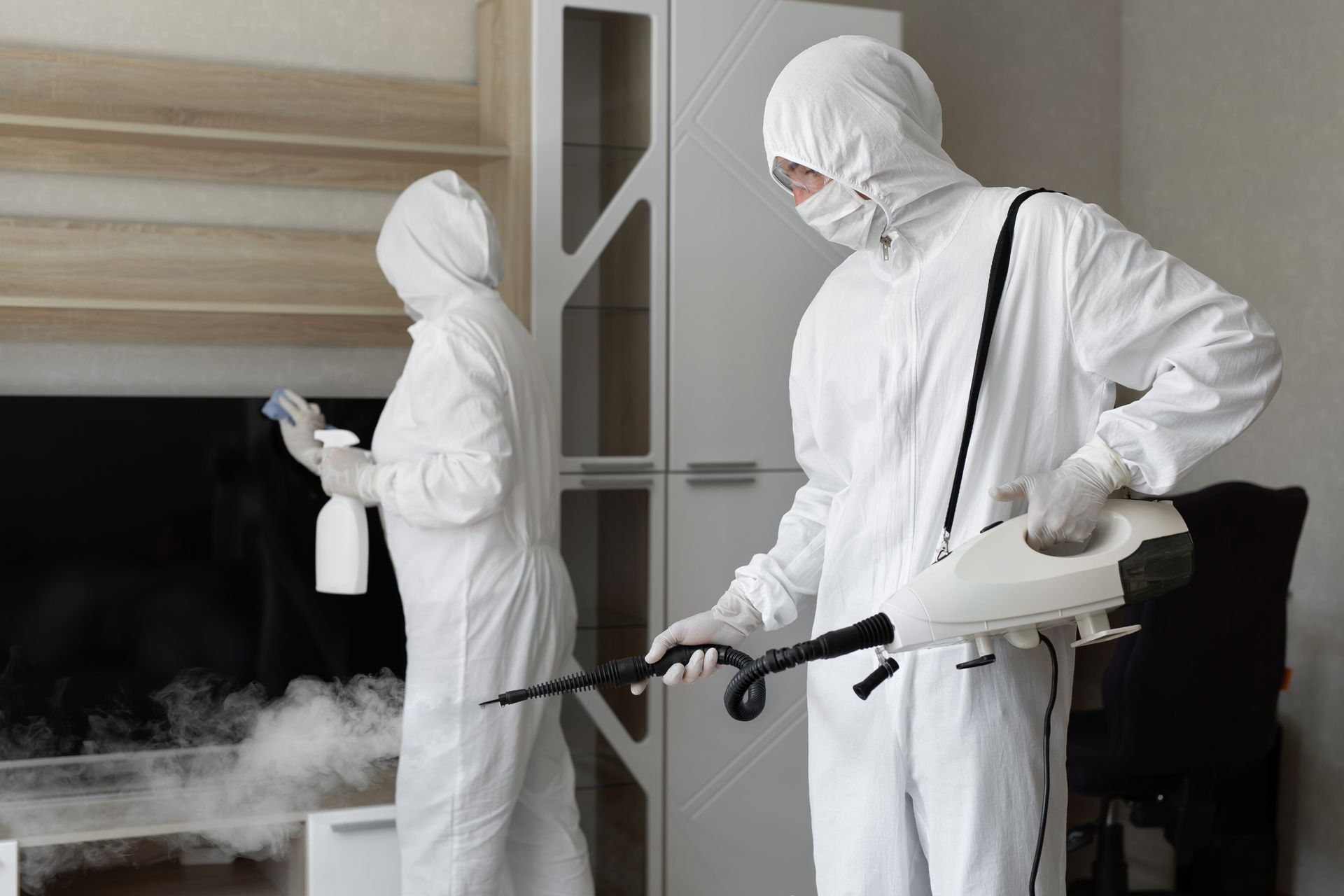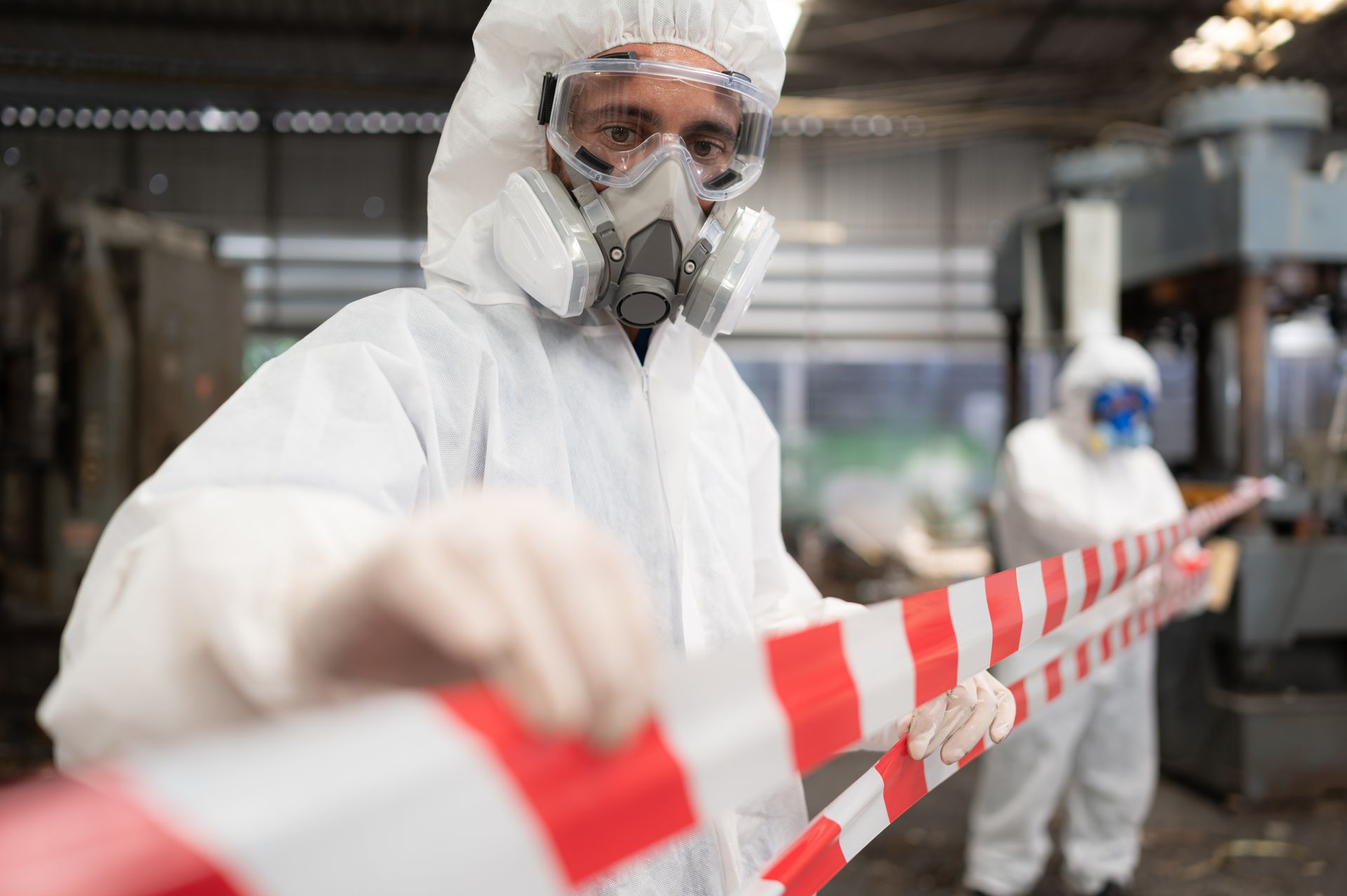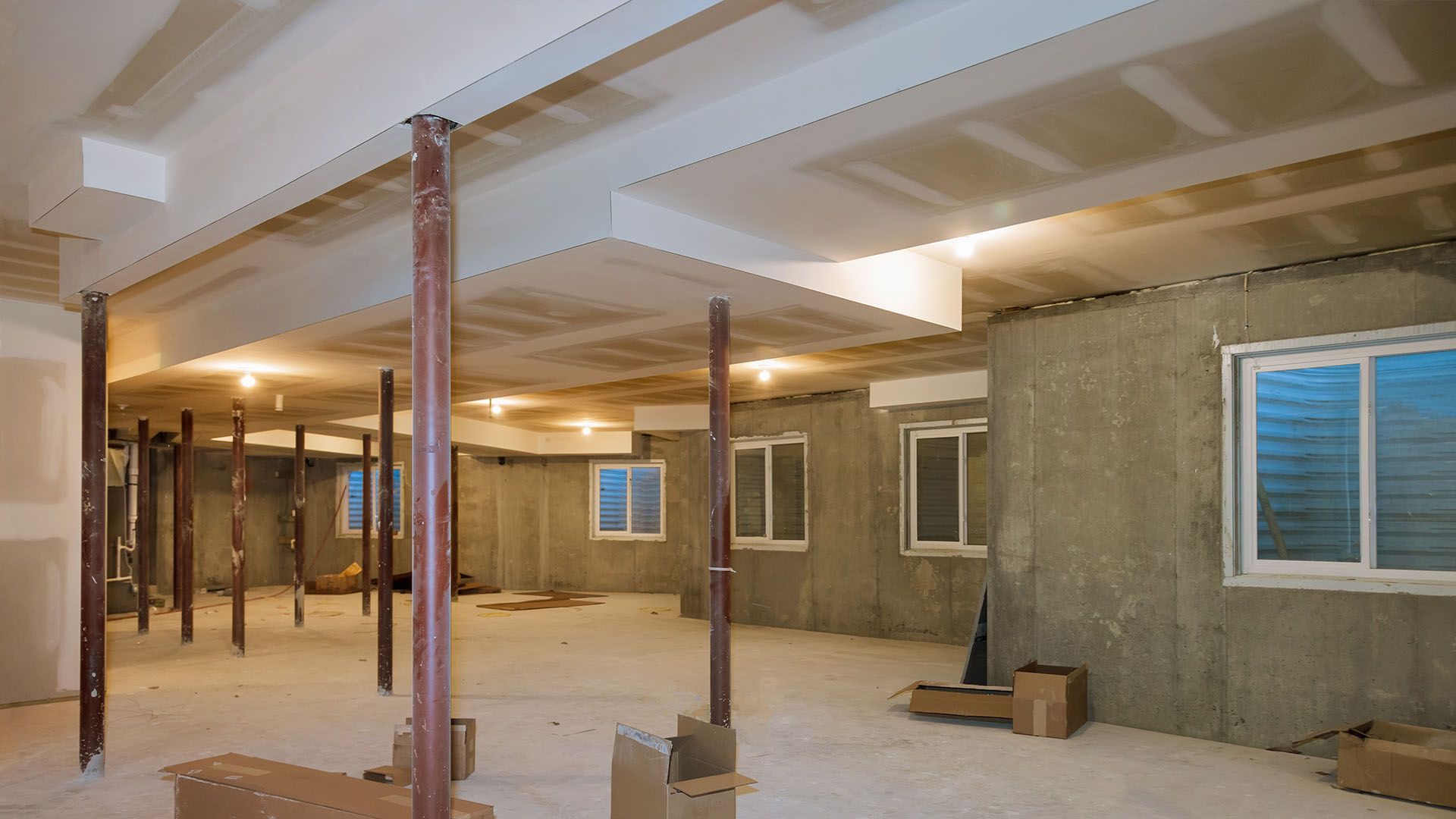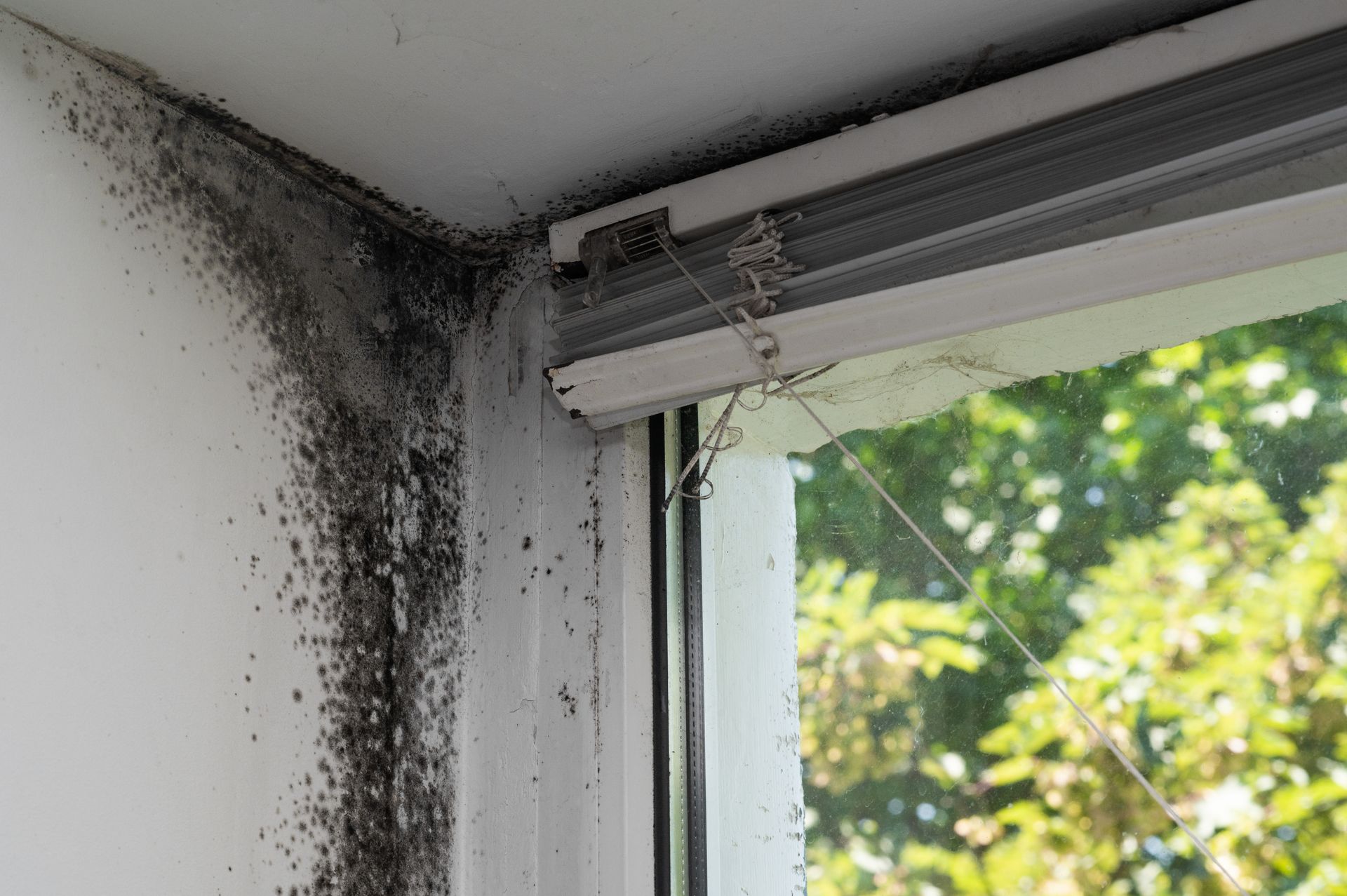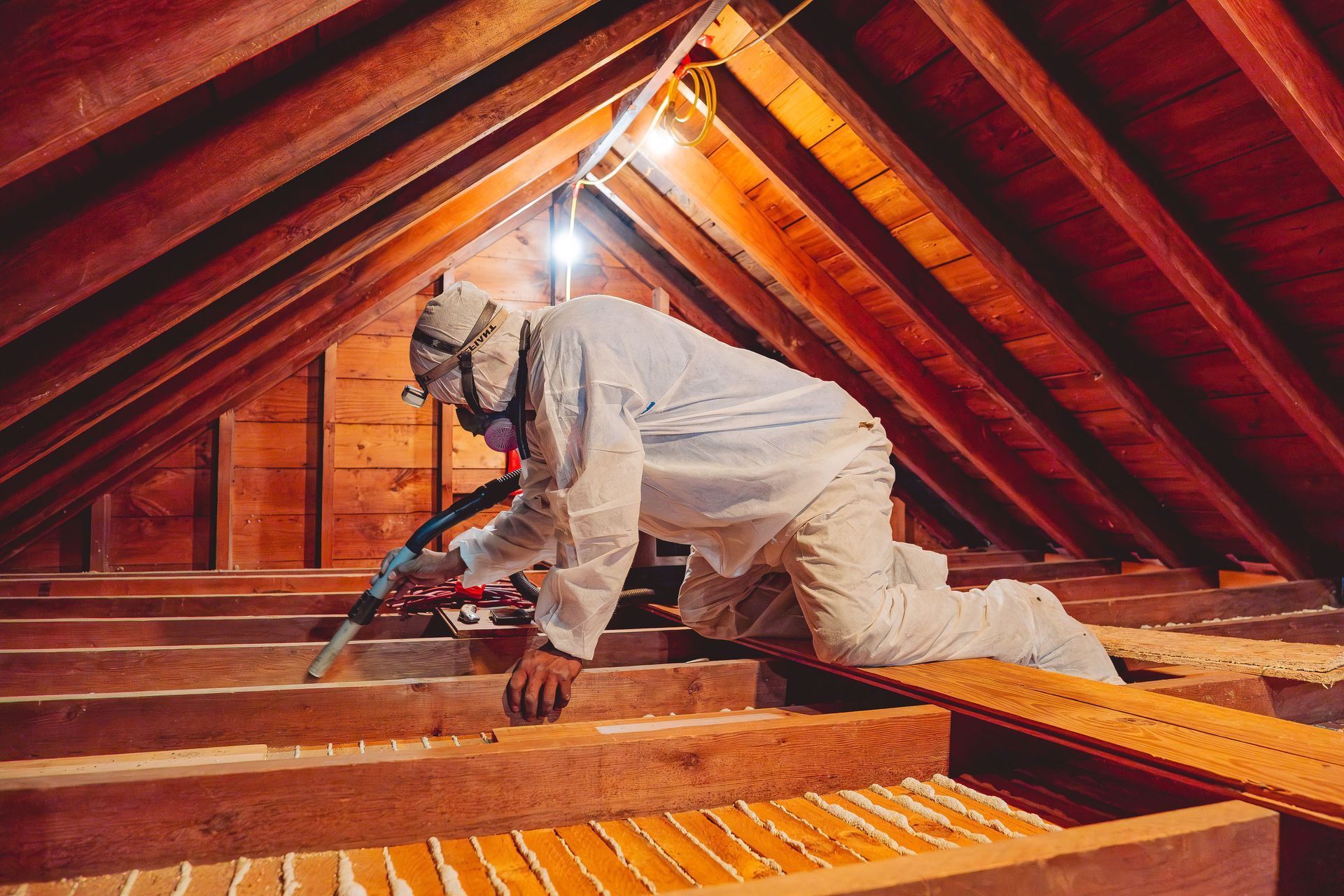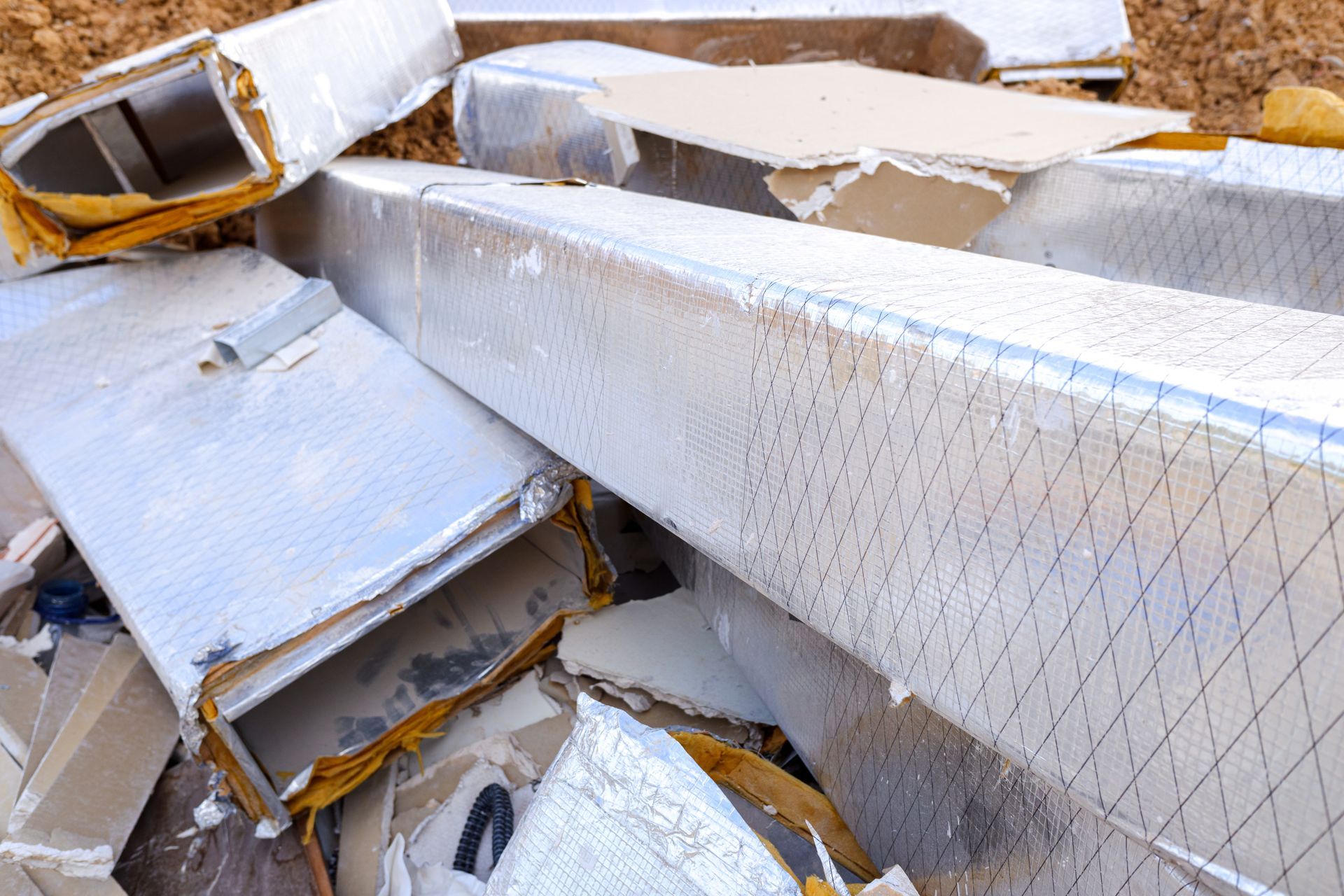Understanding and Managing the Risks of Lead Paint in Your Home
What is Lead Paint?
Lead paint contains significant amounts of lead, a toxic metal that was added to paint to accelerate drying, increase durability, and resist moisture that causes corrosion. It was widely used in homes, on metal exposed to the elements, and on furniture. However, we now understand that its durability comes at a high cost to human health, particularly those in houses built before 1978. Lead paint is a hidden danger that lurks beneath layers of newer paint. It's an issue that poses significant health risks, especially to children and pregnant women.
The Dangers of Lead Paint:
Lead exposure can be harmful to individuals of all ages, but it is particularly detrimental to children's developing brains and nervous systems. It can cause cognitive deficits, developmental delays, and behavioral problems. In adults, lead exposure can lead to hypertension, kidney damage, and reproductive issues. Because lead paint can deteriorate over time into toxic dust, it's a risk even if it's been painted over.
Identifying Lead Paint in Your Home:
If your home was built before 1978, there's a chance it contains lead-based paint. Some signs include:
Testing for Lead Paint:
Professional lead paint testing is the most reliable way to determine if your home has this toxic paint. Specialists like those at Anthony's Abatement can use X-ray fluorescence (XRF) or take samples for laboratory analysis to confirm the presence of lead.
Safe Management and Removal:
If lead paint is detected, it's crucial to handle it properly:
- Professional Abatement: Hiring licensed professionals is the safest way to remove or encapsulate lead paint.
- Regular Cleaning: Wet-mop floors and wipe surfaces with a damp cloth to reduce lead dust.
- Renovation Precautions: Use lead-safe work practices during renovations to prevent dust from spreading.
Preventing Lead Exposure:
To minimize lead exposure, keep areas where children play as dust-free as possible. Wash their hands and toys regularly, and ensure they eat a healthy diet that can help reduce lead absorption. When sanding walls in preparation for paint ensure that you are properly protected with goggles and a respirator to prevent any accidental lead exposure.
